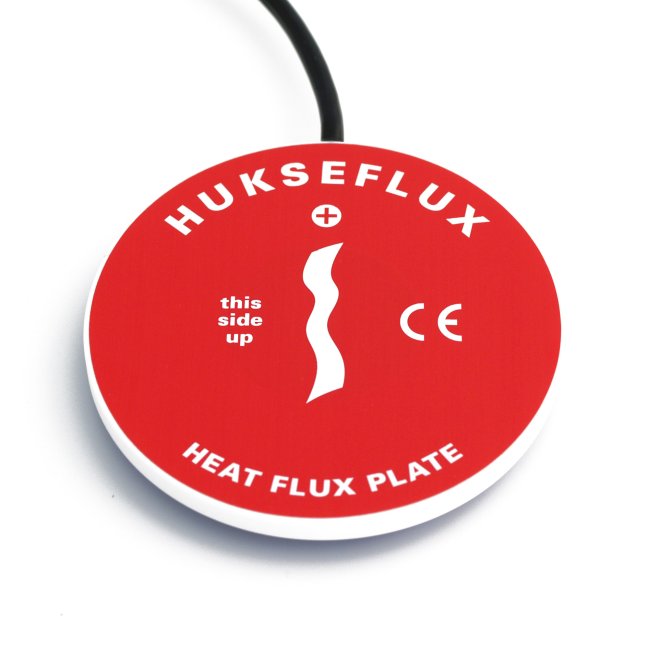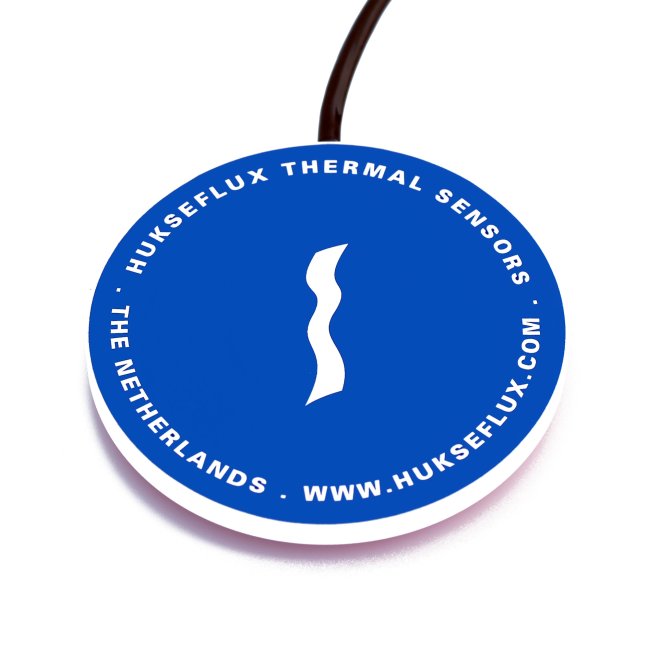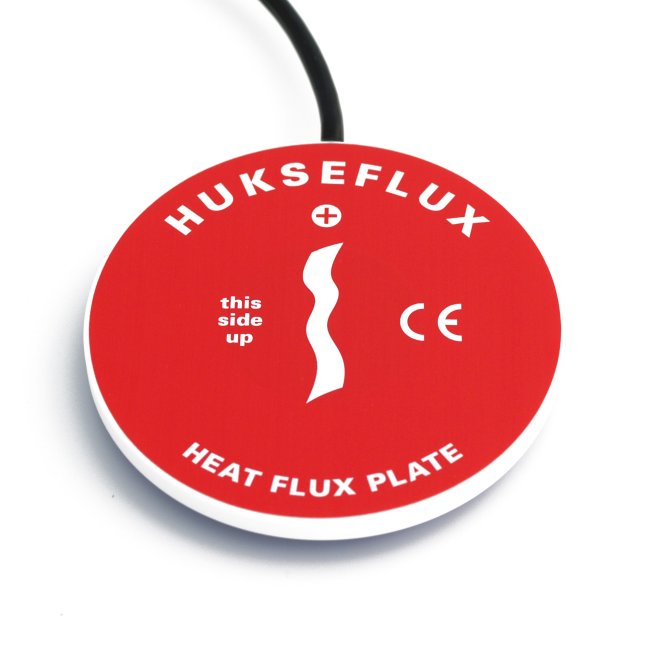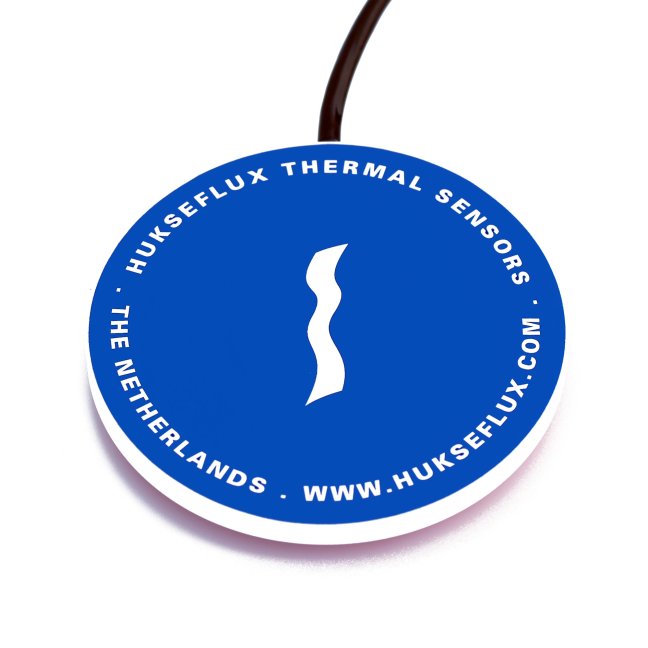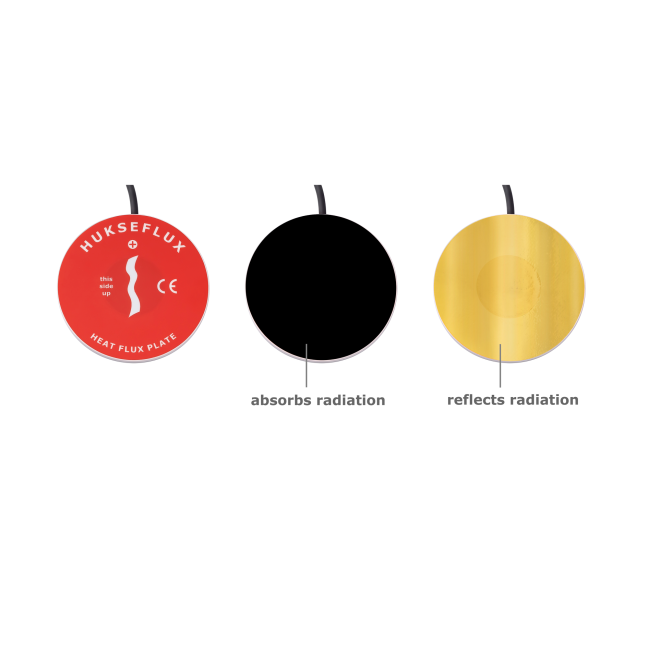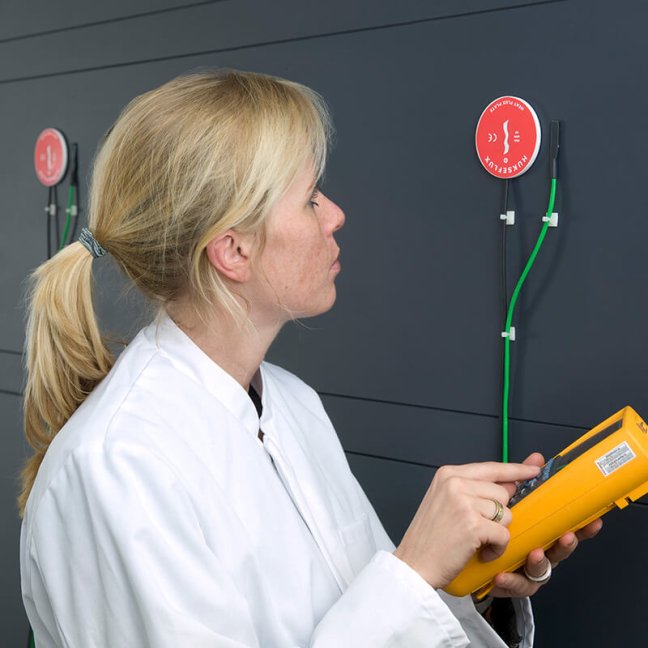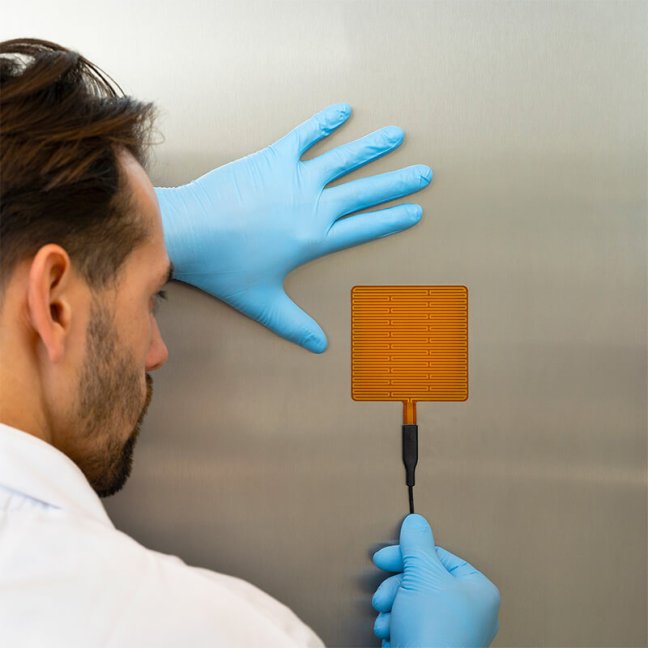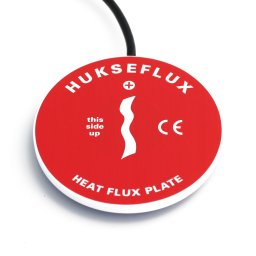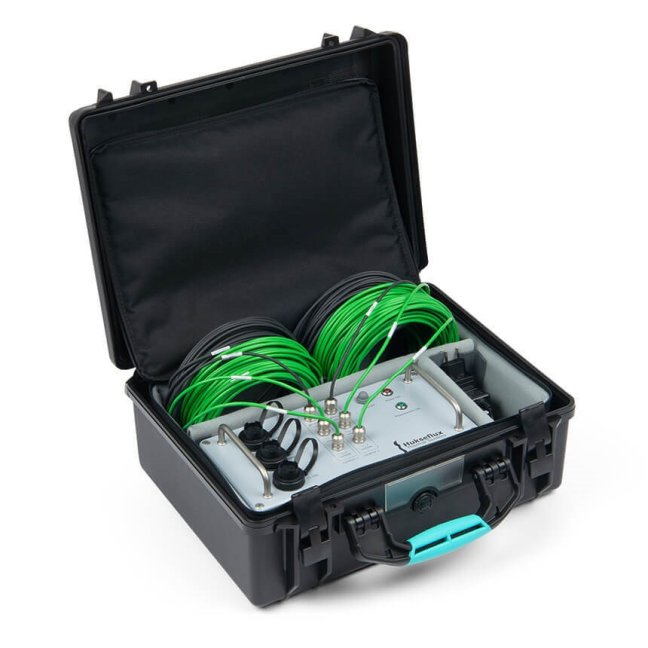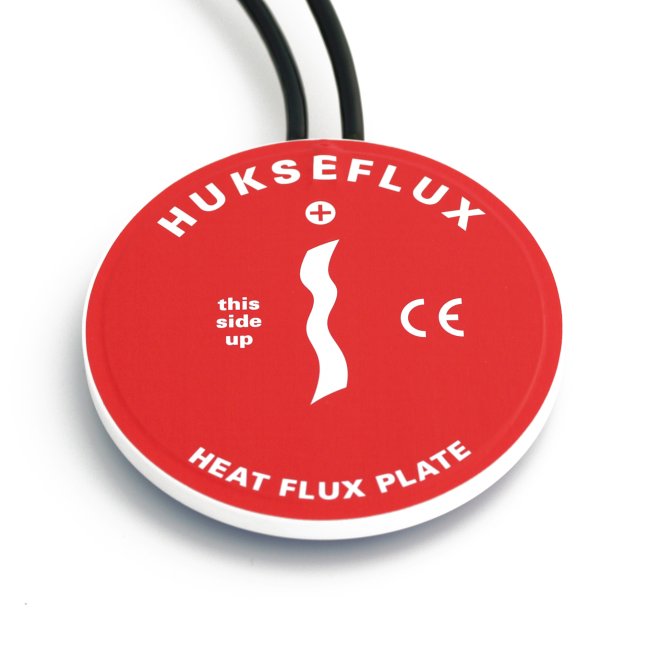Heat flux plate
HFP01 is the world’s most popular sensor for heat flux measurement in the soil as well as through walls and building envelopes. The total thermal resistance is kept small by using a ceramics-plastic composite body. The sensor is very robust and stable. It is suitable for long term use on one location as well as repeated installation when a measuring system is used at multiple locations. If measuring in soil, in case a more accurate measurement is needed the model HFP01SC should be considered.
Specifications
- heat flux
- -2000 to +2000 W/m²
- 60 x 10⁻⁶ V/(W/m²)
or contact us: info@hukseflux.com








